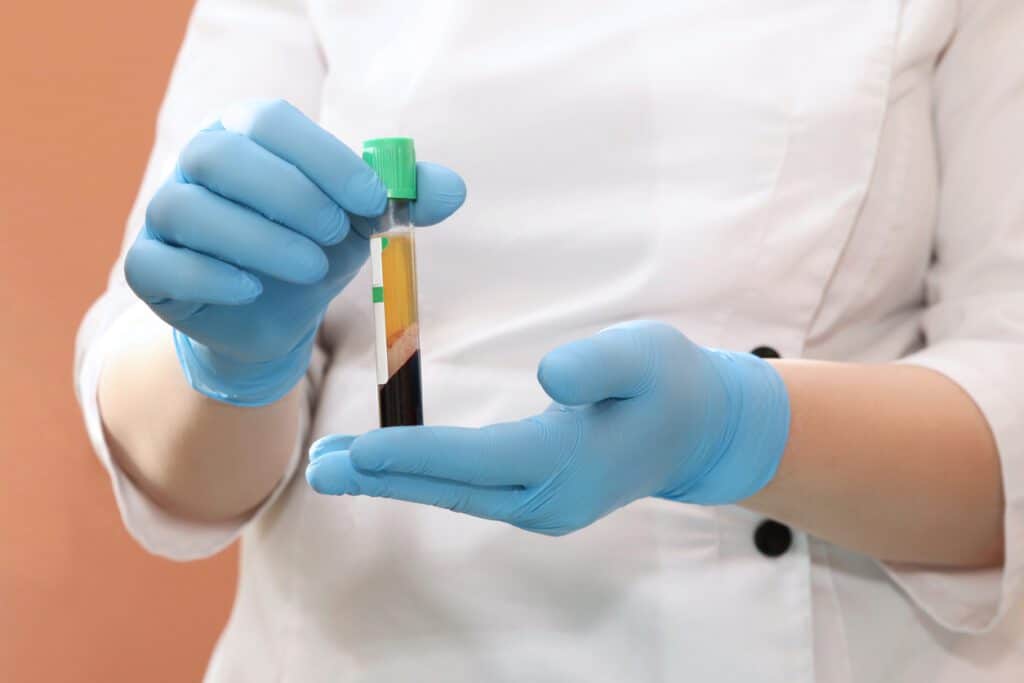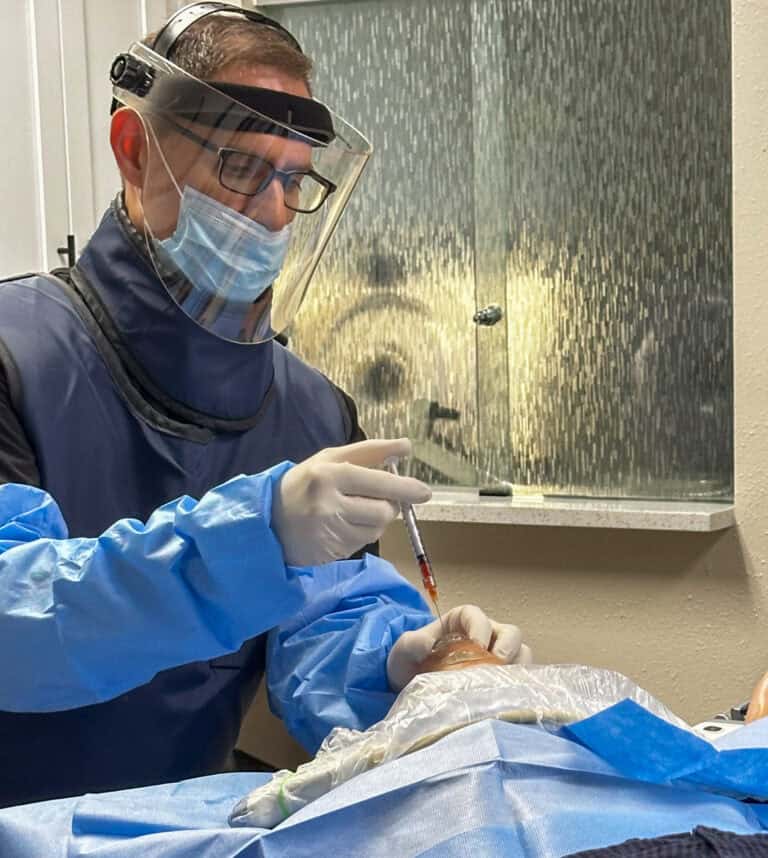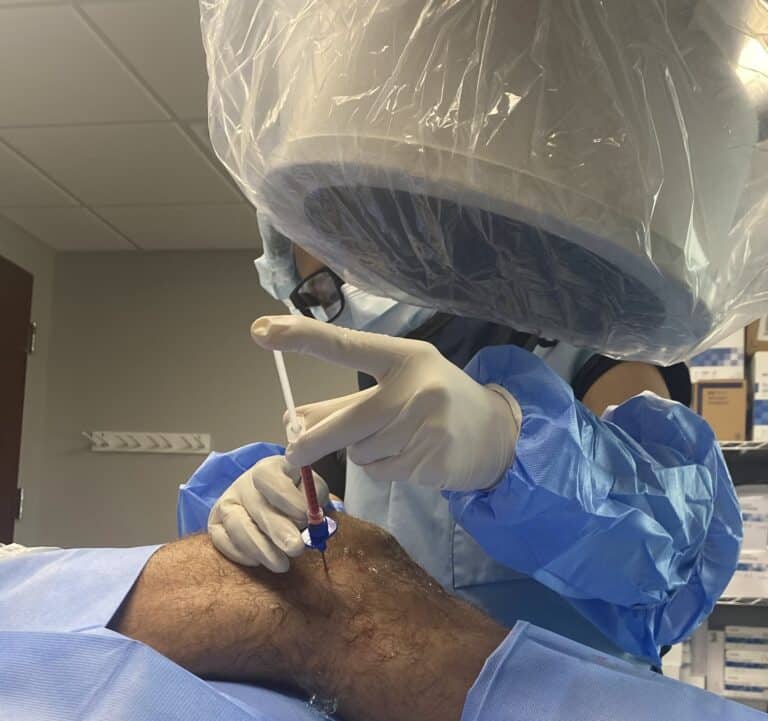In September 2021, the Orthopedic Journal of Sports Medicine published a Level 1 Randomized Control Trial (RCT) comparing the efficacy of Platelet Rich Plasma (PRP) and corticosteroids in shoulder partial rotator cuff tears(1). We will get into what the study explored and found, but first, let’s define what an RCT is and why it is valuable to us.
Why is a Randomized Controlled Trial Significant?
A RCT is a gold standard in medical research methods. It means patients with similar conditions are randomly selected to be treated with different therapies, and then those results are measured and compared. Sometimes it’s two therapies being compared and sometimes it’s a therapeutic intervention being compared against a control or a placebo.
Study Overview
In the case of the new study we are discussing, Comparison of a Platelet-Rich Plasma Injection and a Conventional Steroid Injection for Pain Relief and Functional Improvement of Partial Supraspinatus Tears(1), the comparison is between PRP and corticosteroid treatment for patients with a common injury.
How the Study was Performed
The study was conducted as follows: 32 patients with partial rotator cuff tears in the shoulder were randomly selected for treatment with either PRP or corticosteroid. The patients were all treated by the same physician and with the same methods. The corticosteroid or self-derived (plasma from the patient’s own blood) PRP was injected into the injured rotator cuff tissue under ultrasound guidance.
Then, these patients had follow-ups at one month and six months after the procedure. In the follow-ups, standard assessment methods were used. Patients underwent a standard functional evaluation, called the Oxford Shoulder Score (OSS). Then, the patients also answered questions related to their pain levels, in what is called the Visual Analog Scale (VAS). The OSS and VAS are commonly used assessment tools in orthopedics, and provide data as to the patients’ improvements in function and/or pain, respectively. The VAS and OSS results were evaluated and compared at the one and six month follow-ups.
Study Results
The results after analyzing this data showed that at one-month post-procedure, the PRP and corticosteroid patients had similar pain relief and functional improvements. In short, there was no evidence that the PRP group had superior results at one month out from a procedure.
Then when the six-month VAS and OSS data was gathered, it showed no significant change or continued improvement in the corticosteroid group. Conversely, the PRP-treated group demonstrated continued improvement in both the OSS and VAS assessments. This data suggests that the healing properties of a PRP injection keep working overtime and the patients see continued improvements whereas corticosteroids can decrease pain initially but do not have a dynamic healing effect causing continued improvement over time.
Significance of This Study
Studies are performed to test a question and hypothesis, or an educated guess. Studies are also designed to either strengthen a case for why we do things the way we do them, or to disrupt the status quo and suggest a new way of doing things.
So, in this study, the question is: is PRP superior to corticosteroid in the long-term relief and function of a partial tear in the shoulder? The reason this question is posed is because corticosteroid injections are currently the most common means of treatment of non-operative orthopedic pain conditions. The use of corticosteroids in treating orthopedic pain is mostly based on tradition (this article explains the physiologic impact of corticosteroids), so researchers and physicians pose this question with the goal of disrupting the status quo and what is the gold standard treatment for orthopedic pain.
The results from this study are clinically significant in favor of the long-term benefits of utilizing platelet-rich plasma as the treatment strategy for a partial rotator cuff tear. So, an evidence-based orthopedist should augment their recommendations and treatment strategies in alignment with the latest research. Additionally, the more research like this that comes out, the more compelling a case these alternatives for surgery have against conventional therapies that insurance companies will cover. Insurance companies will eventually have enough data to support covering procedures that prevent additional healthcare expenses, like repeat injections, long-term physical therapy, or unresolved pain leading to expensive surgeries.
Make sure your orthopedic physician is up to date on the current research and not just treating based on orthopedic tradition. At New Regeneration Orthopedics, our physicians keep up with the latest research and will always recommend the best option for the patient.
References:
- https://pubmed.ncbi.nlm.nih.gov/34485587/










